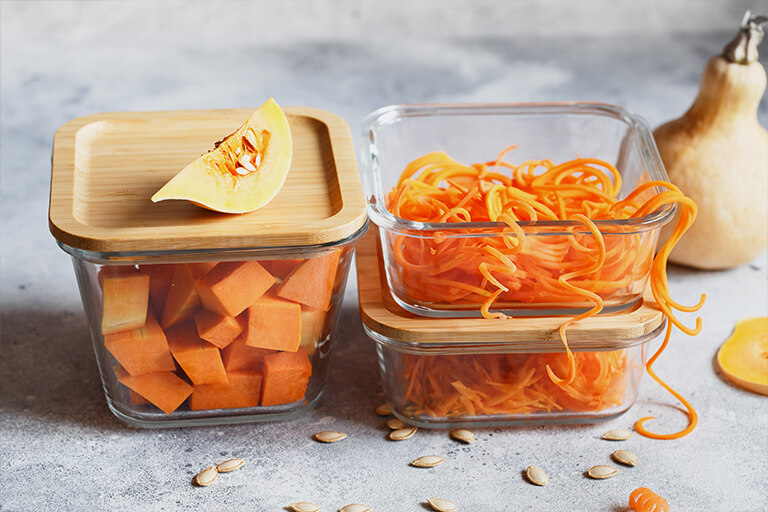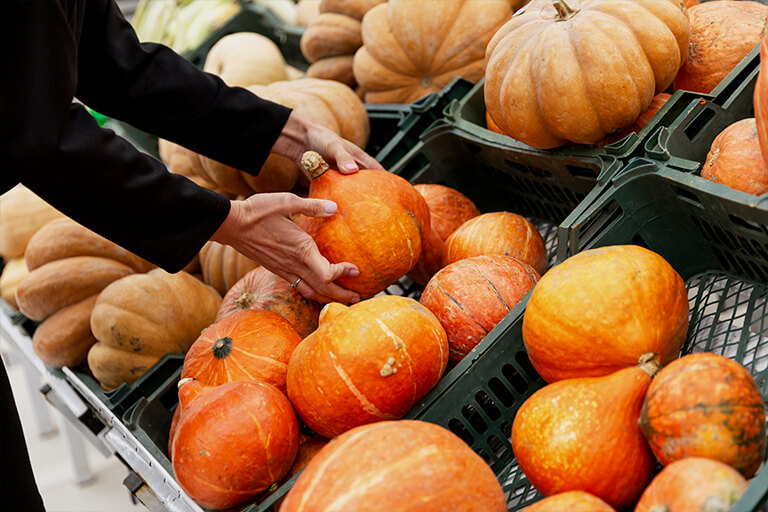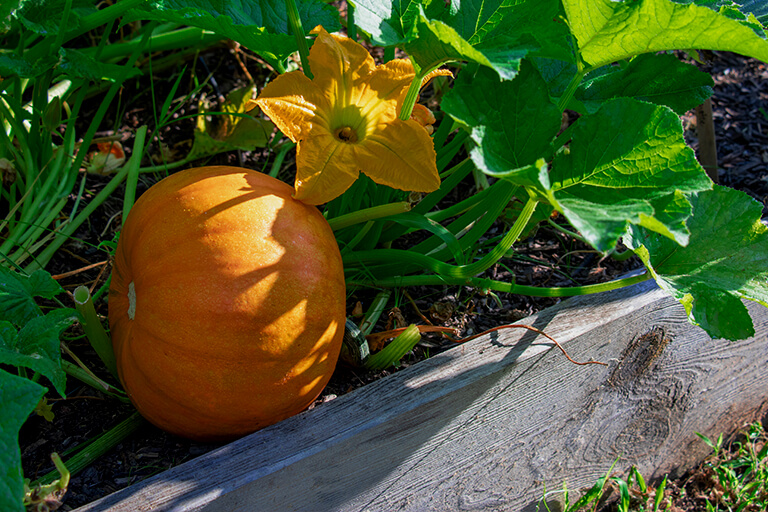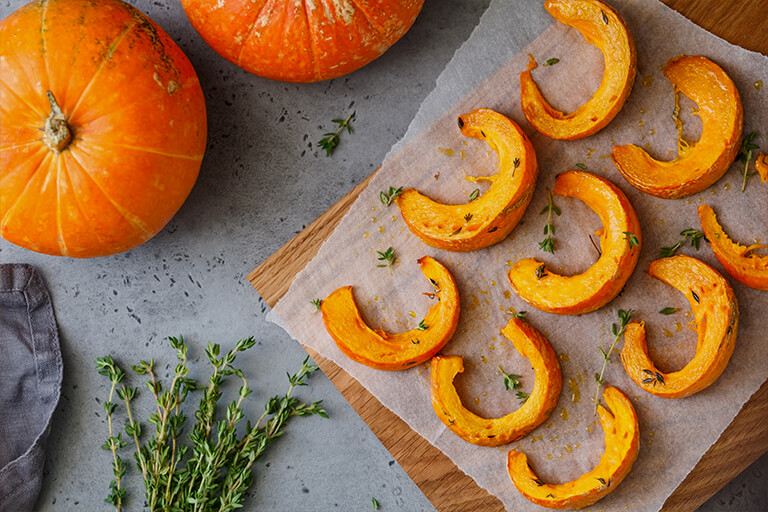Pumpkin, a variety of winter squash, is a member of the gourd family and comes in a variety of sizes, shapes, and colors. The fruit grows on vines and is ready to be harvested in early autumn. Orange-skinned, round pumpkins are the most familiar varieties that fill the pumpkin patches. This variety is better for carving and decoration rather than eating. Pie pumpkins and sugar pumpkins are the best choices for cooking.
The smaller pumpkins are sweeter than the larger carving pumpkins. The flesh is mildly sweet. It gets softer, nuttier and caramelized when roasted. It’s similar in flavor to a sweet potato but with more pronounced squash notes.





